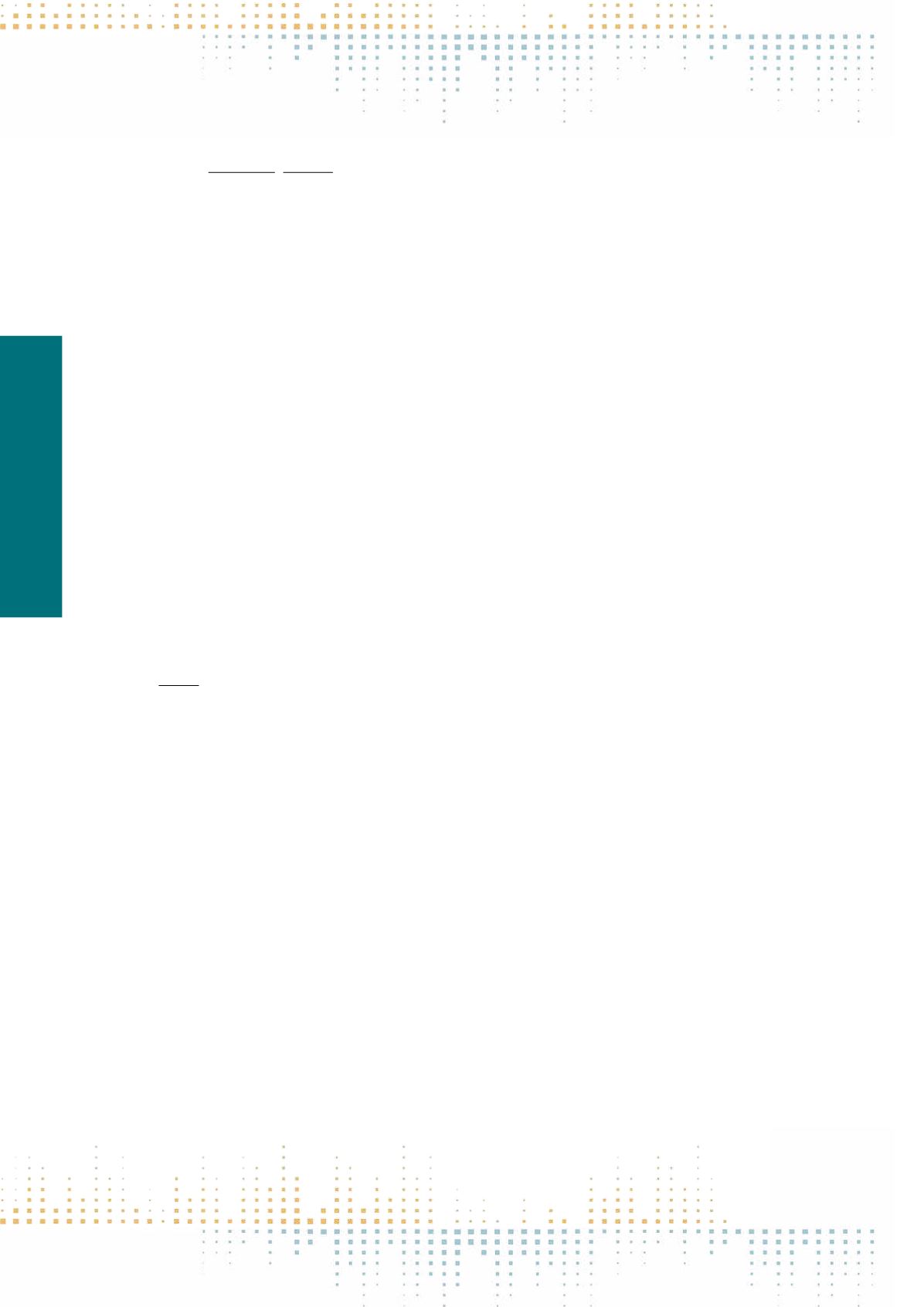

96
Saturday, November 12
1 1 : 0 0 – 1 2 : 3 0
PP 630
Tracing Local Networked Publics in the Dutch Twittersphere
P. Bakker
1
, D. Van Geenen
1
, E. Hekman
2
1
Technical University Utrecht, School of Journalism, Utrecht, Netherlands
2
Technical University Utrecht, Cross media business, Utrecht, Netherlands
How does local engagement of audiences in specific geographical regions manifest itself in the social media ecosystem of Twitter? Little is known about
dynamics, network characteristics and practices of local Twitterspheres. In 2009 the service introduced its locational functionalities, rendering the geo‑
tagging of content possible, which offered users and researchers opportunities to approach Twitter as “locative platform” (Wilken, 2014). To investigate
local characteristics of the Dutch Twittersphere, we collected almost 5,4 million tweets that were distributed within one week in November 2015 by nearly
600,000 unique accounts. The data extraction was based on language detection using a predefined list of distinctive Dutch words. Our research strives
toward the development of systematic ways of tracing local dynamics in the Twitter ecosystem. The gathered data set also contained metadata such as
date and time when content was distributed, and when obtainable also the tweets’ geolocation. The latter metadata indicated that only a small number
of accounts added geocoded information to their tweets, around 0,5 percent. Professional media and political actors are engaging with local audiences on
the platform. For instance, municipalities like Utrecht, use the service to interact with their citizens. Moreover, we identified journalistic actors, operating
and spreading information on different levels ranging from national to local and even hyperlocal media topics. Other identifiable audiences are (local)
politicians, business communities – in particular marketers – artistic and cultural initiatives, and sports clubs. These forms of “citizen microbroadcasting”
(Erickson, 2010) provide the exceptional opportunity to revisit Habermas’ (1989) ideal of the “public sphere” and its “transformation” in local terms, in
the context and through the rise of social media. The public sphere signifies a space in which information exchange on and deliberative communication
about soci(iet)al questions help establish democratic organization.The potentiality of social media sites to facilitate such a space was contested by, amongst
others, Habermas (2006) himself due to their techno-economical fragmentation. What is the appeal of monitoring local networked publics, identifying
the kinds of involved actors, their content distribution and practices? On a local level, the direct implications of social and political communication, discourse
formation, and decision-making become tangible in citizen’s daily lives, within the municipalities to which they are related, be it in the shape of their per‑
manent residences or places of employment. We mapped the local public sphere in two local communities – one a new urban municipality with 200.000
inhabitants and the other a small city with a long historical past. Size does seem to matter; smaller communities might not be able to develop a ‘critical
mass’needed to base a discussion that would qualify as a true manifestation of the public sphere. In the larger community we indeed found that a specific
‘layer’of professionals from politics, business, culture, media, sports and government constitutes something resembling a public sphere. It seems, however,
that on Twitter there is not one but several sub-spheres, that do not communicate too much with each other. Additionally, we found that ‘sending’ is often
more important that discussion.
PP 631
"Panelaço" Protest: The Analysis of the Coverage of the "Panelaço" by Main Brazilian News Twitter Accounts
B. Xavier
1
, D. Neves
2
1
Universidade Federal da Paraíba, Department, João Pessoa, Brazil
2
University of Porto, Faculdade de Engenharia - FEUP, Porto, Portugal
In march 15
th
of 2015 there was a protest organized by the population through social media called "panelaço" which happened at the same time all over
Brazil´s capitals and main cities. Its main issues were corruption on Brazilian congress and the Brazilian president Dilma Roussef. On this day there was an in‑
tense coverage by the main news sites, by the point that raised some question about their objectivity and neutrality on the matter. Based on the Framing
theory we collected and analyzed tweets from the main brazilian news accounts on Twitter, namely @G1, @VEJA and @R7 during the "panelaço" coverage.
By analyzing their tweets we were able to identify from the three account the @R7 account biased pro-government, the @VEJA account against the govern‑
ment and the @G1 less than @VEJA but also biased against the government. In this sense, the results provides evidence of framed messages on the main
Brazilian Twitter news accounts.



















